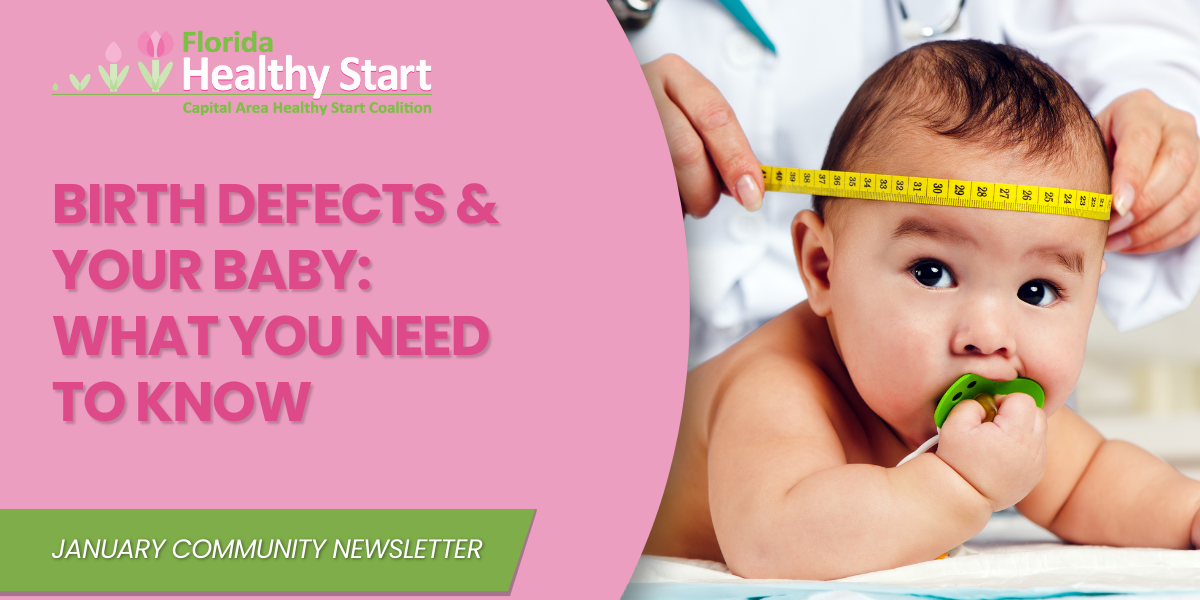Nearly, 1 in every 33 babies is born with a birth defect each year in the United States. For this reason, January is National Birth Defects Awareness Month. A birth defect is a structural change in the body that can affect almost any part of the body (For example: the heart, brain, and foot). They can vary from mild to severe and they also affect how the body looks, works, or both.
Birth defects can develop at any stage of pregnancy. However, most occur during the first 3 months of pregnancy, when the organs of the baby are forming. Similarly, some birth defects happen later in pregnancy when the tissues and organs continue to grow and develop. This normally occurs during the last 6 months of pregnancy.
Additionally, most birth defects are found within the first year of life. Some birth defects (such as cleft lip) are easy to see, but others (such as heart defects or hearing loss) are found using special tests, such as echocardiograms (an ultrasound picture of the heart), x-rays, or hearing tests.
Unfortunately, birth defects are common, and can cause lifelong challenges. Past research has shown that birth defects can happen for many reasons, but not all of the causes are known. Although not all birth defects can be prevented, parents can increase their chances of having a healthy baby by practicing healthy behaviors before and during pregnancy. Please go to Page 2 to see 6 Healthy Tips to Help Prevent Birth Defects!







